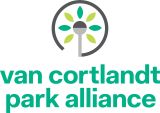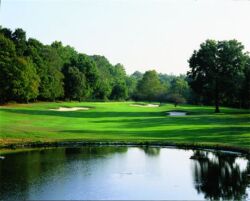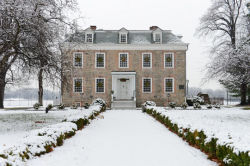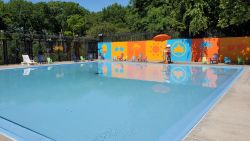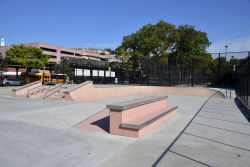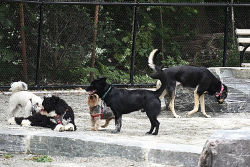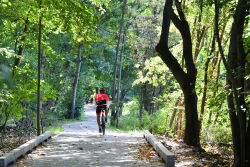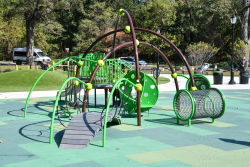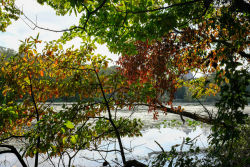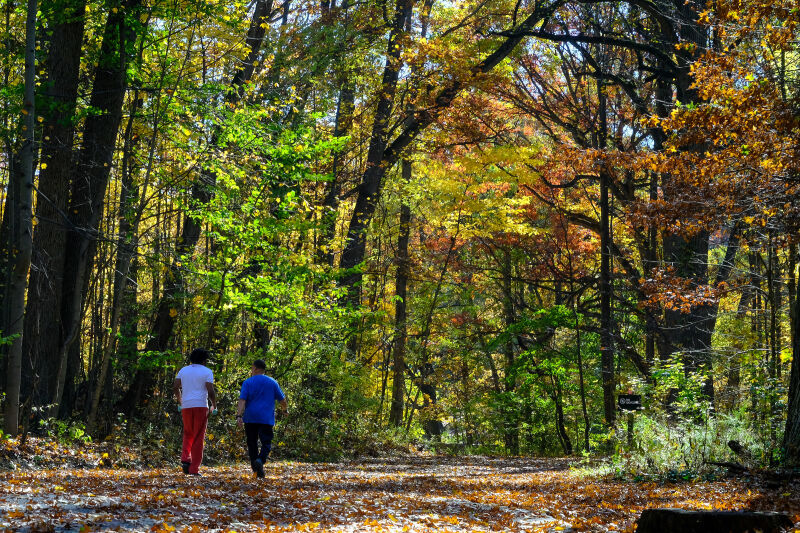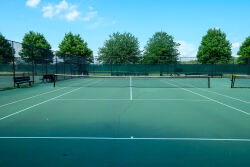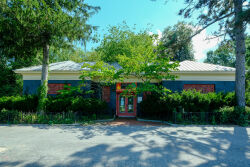Van Cortlandt Park
Parade Ground
The Van Cortlandt Park Parade Ground has been a center of activity for centuries. The Wiechquaeskeck tribe of the Lenape nation originally inhabited the land and used it as a planting field, a housing settlement, and a burial ground. They established a trail, the Hudson River Path, that ran from the southwest Bronx to the site of the village. The Wiechquaeskeck sold the land to the Dutch West India Company in 1639, and the land then passed to Adrian van der Donck in 1646. Van der Donck maintained peaceful relations with the Wiechquaeskeck until the Peach Wars of 1655.
The month-long conflict between the Dutch and the Native Americans was the result of a Wiechquaeskeck woman’s attempt to steal a peach from the orchard of Henry Van Dyck, a Dutch settler. Van Dyck shot the woman, and Native Americans retaliated by attacking the homes of all settlers in the northern reaches of New Amsterdam. The settlers fled to Manhattan. Van der Donck died in 1655. Whether he was killed in the attack or died of natural causes is not known. The land passed to several owners until Jacobus Van Cortlandt purchased the land in 1699. The last tract in the Van Cortlandt Manor was finally purchased in 1701. The Wiechquaeskeck, along with the many tribes of the Lenape, left the Bronx and traveled to New Jersey, Connecticut, upstate New York, and eventually as far as Wisconsin, Oklahoma, and Ontario, Canada.
The Van Cortlandt family lived on the land until the 1880s. George Washington (1732-1799) stayed at the mansion during the Battle of White Plains in 1776. In 1781 Washington and General the Comte de Rochambeau (1725-1807), who had been sent by France to aid the Patriots’ cause, met while their 5,000 troops assembled on the estate.
The 66 acres officially became a Parade Ground when the City of New York acquired the land as parkland in 1888, and set it aside for the National Guard. It opened to the public in 1901 when three polo fields were created. The National Guard used the field for drills, mock battles, and polo matches until World War I (1914-1918), when the Army used the entire park as a training facility and spectators gathered to watch training exercises. In 1907, the Parade Ground became a temporary home to 15 bison who were awaiting relocation to Oklahoma.
In 1938, the Parade Ground was transformed into a recreational field with baseball, soccer, and cricket areas. Today it is still the center of activity in Van Cortlandt Park and contains six baseball diamonds with backstops, five soccer fields, two football fields, twelve cricket pitches, one Gaelic football field, as well as three- and five-mile cross country courses. The flagpole and yardarm that grace the area are an appropriate reminder of its historic significance.
Check out your park's Vital Signs
Clean & Safe
Green & Resilient
Empowered & Engaged Users
Share your feedback or learn more about how this park is part of a
Vital Park System
Downloads
Links
Contacts
Van Cortlandt Park Alliance: (718) 601-1460
Mosholu Golf Center and Driving Range: (718) 655-9164
Park Enforcement Patrol: (718) 430-1815
Special Events Permits: (718) 430-1848
Sports Permits: (718) 430-1840
Tennis Permits: (718) 430-1848
Riverdale Equestrian Centre: (718) 548-4848
Urban Park Rangers: (718) 548-0912
Van Cortlandt Golf Course: (718) 543-4595
Van Cortlandt House Museum: (718) 543-3344
Van Cortlandt Pool: (718) 548-2415
Friends of Van Cortlandt Park: (718) 601-1460
Van Cortlandt Nature Center: (718) 548-0912

